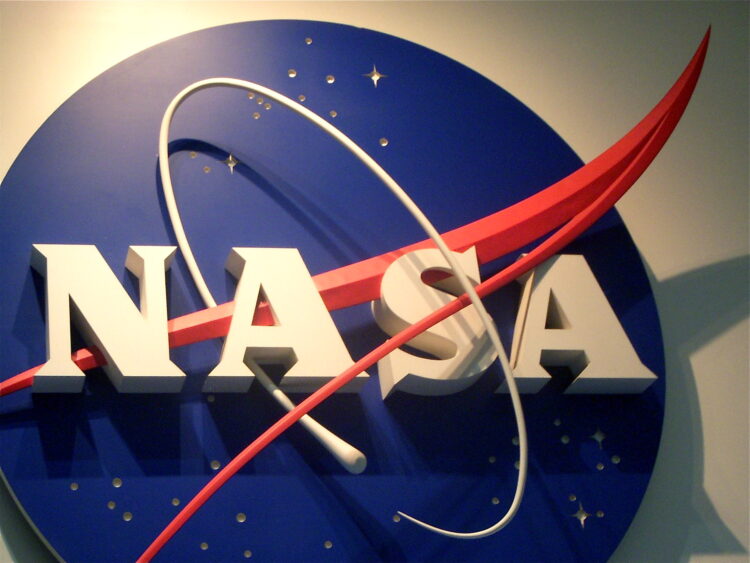By Aaron Miller-
NASA has out out an advert calling for volunteers as it embarks on an unprecedented endeavor – a one-year Mars surface simulation mission.
This ambitious project aims to pave the way for human exploration of the Red Planet, marking a significant milestone in the history of space exploration.
The space agency is currently on the lookout for volunteers to participate in this groundbreaking mission. Seeking “healthy, motivated US citizens or permanent residents who are non-smokers, 30-55 years old, and proficient in English,” NASA is casting a wide net to assemble a diverse and capable crew for this extraordinary journey.
Scheduled to commence in the spring of 2025, this mission, known as the Crew Health and Performance Exploration Analog (CHAPEA), represents the second of NASA’s planned ground missions.
The selected individuals will spend an entire year living and working inside a specially constructed habitat called the Mars Dune Alpha, located at the Johnson Space Center in Houston.
This 1,700-square-foot, 3D-printed structure will serve as their home and workplace, simulating the harsh conditions and challenges of a real Mars mission.
The simulation will replicate various aspects of life on Mars, including limited resources, communication delays, equipment failures, and other environmental stressors.
The volunteer crew will be tasked with a range of activities, from simulated spacewalks and habitat maintenance to robotic operations, exercise routines, and even crop cultivation.
Each day will present new challenges and opportunities for discovery, testing the limits of human endurance and ingenuity.
Ideal candidates for this mission are individuals with a strong desire for adventure and a keen interest in advancing NASA’s mission to explore Mars.
According to the space agency, applicants should possess a master’s degree in a STEM field, such as engineering, mathematics, or biological, physical, or computer science, along with professional experience or piloting hours.
Compensation will be provided for selected participants, reflecting the demanding nature of the mission.
One of the primary objectives of the simulation is to gather valuable insights into crew health and performance, which will inform future astronaut expeditions to Mars.
NASA plans to study the physical and psychological challenges faced by the volunteer crew, NASA aims to develop strategies and technologies to support human missions to the Red Planet.
Living on Mars presents a myriad of challenges unlike anything encountered on Earth. With temperatures plummeting to -225 degrees Fahrenheit and a thin atmosphere rich in carbon dioxide and other gases, the Red Planet is a hostile environment for human exploration.
Yet, despite these obstacles, the allure of Mars beckons humanity, offering tantalizing prospects for scientific discovery and exploration.
While NASA has already achieved remarkable feats in Martian exploration, including the deployment of robotic rovers and helicopters, sending humans to the planet represents the next frontier.
The journey to Mars symbolizes humanity’s insatiable curiosity and boundless ambition. Through bold initiatives like the CHAPEA mission, NASA is reaffirming its commitment to pushing the boundaries of knowledge and venturing into the unknown.

